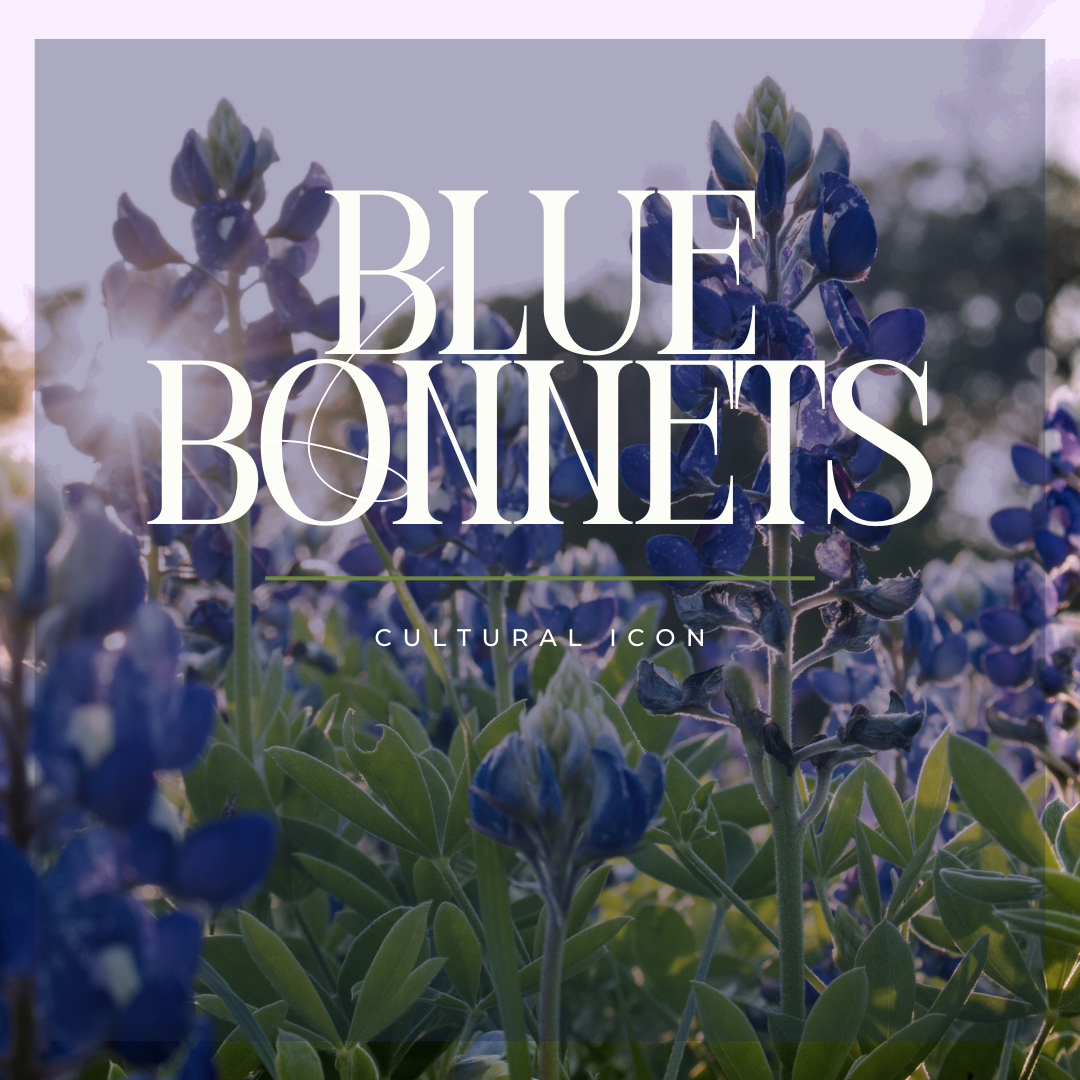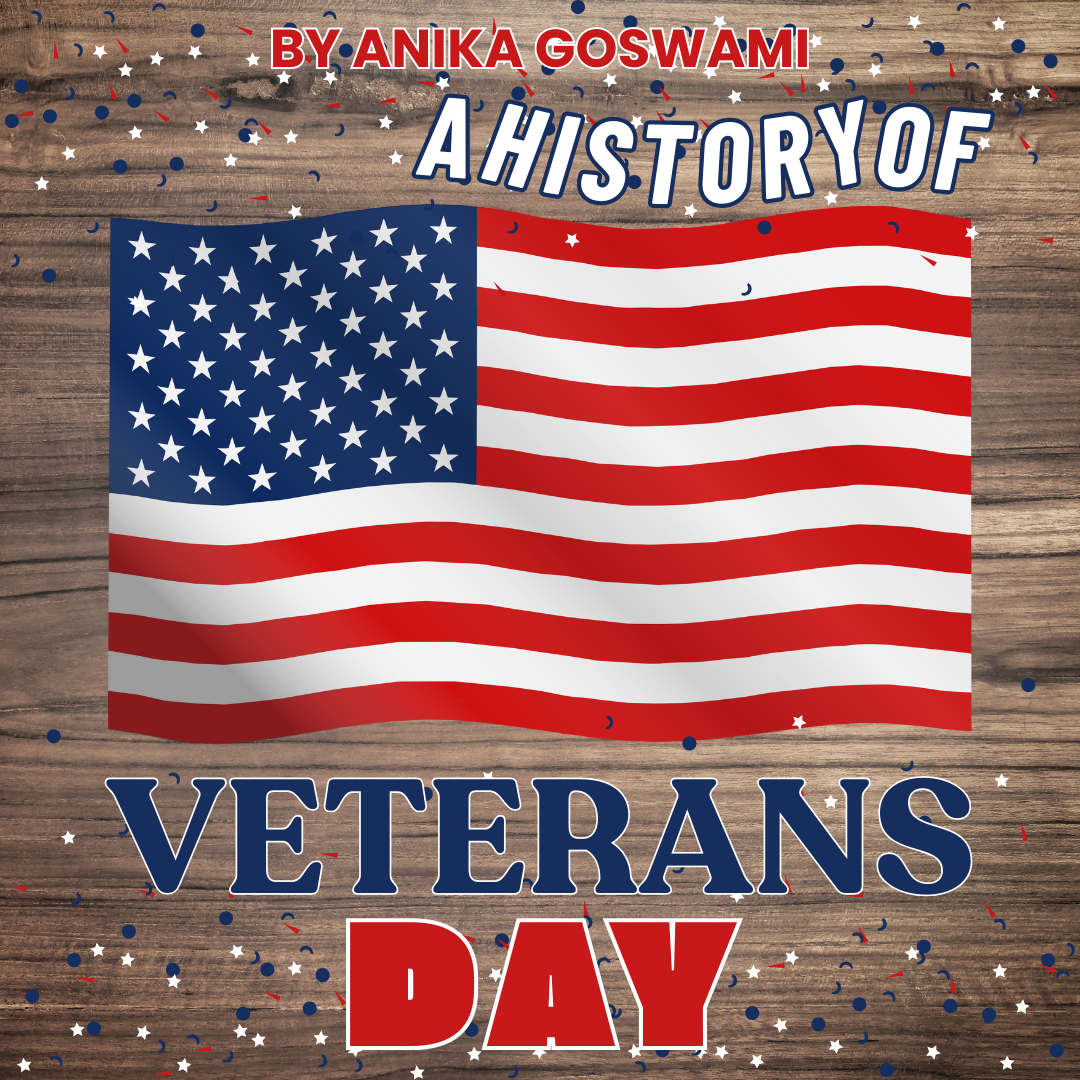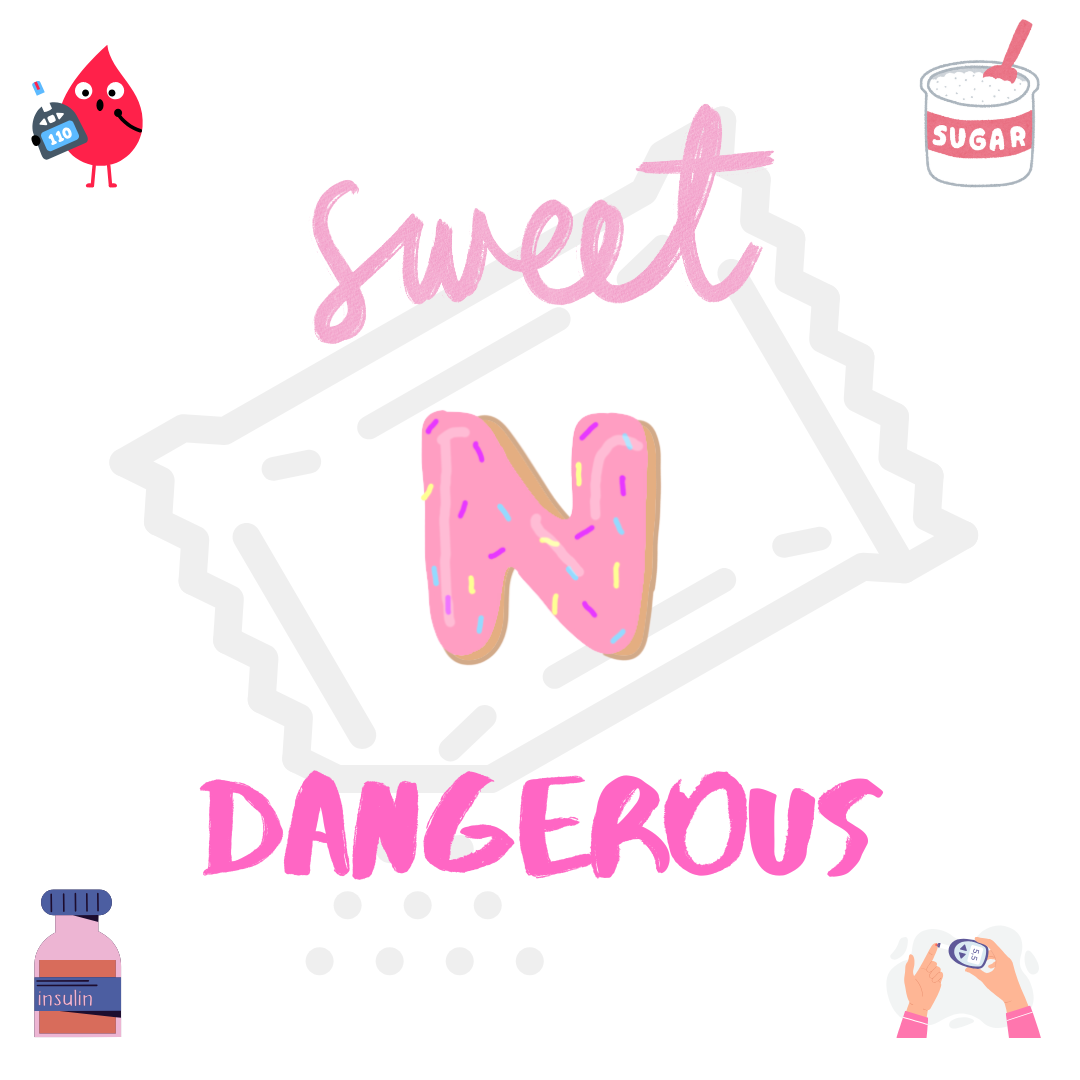We’ve all heard it. Is it illegal to pick bluebonnets? A good chunk of the Texas population thinks it’s true… although as it turns out, that’s not the case. There are actually no penalties associated with picking bluebonnets on the side of the road, trampling them, or even mowing them off your lawn! But misconceptions like this one can make you wonder – what else don’t people know about our state flower?
Many legends surround how the bluebonnet first came to be. While the Spanish claimed that they planted the first bluebonnets in Texas when the missions were founded, some native tribes defend that the flower was present before the missionaries came. The most common legends told by the indigenous inhabitants are The Lady in Blue, told by the Jumano tribe of the Pecos and Concho rivers (Texas Beyond History Contributors 2008), and The Harsh Winter, told by the Comanche (please note that this is what I titled them, not their actual titles, which could not be located.)
The Lady in Blue describes a Spanish nun who appeared from one of the missions to convert the Jumano to Christianity. She was distinguished by her dark blue cloak. It’s said that on the last day she went to them, she left beautiful blue flowers behind. In contrast, the Comanche story tells of a terrible winter. After it was over, the tribespeople decided to sacrifice their most precious belongings as a penance to their vengeful deities. One girl added her doll, decked out with a blue feather, to the flames, and the next day the tribe was greeted with a field of bluebonnets. Regardless of the truth of any of these stories, such auspicious beginnings for the flower could only indicate its bright future.
Two hundred years later, the Texas Congress was convened to decide the state flower. The politicians struggled for hours, trying to decide between all the different flowers presented. Eventually, they narrowed the choices to the Prickly Pear Cactus, the Cottonbol, and the bluebonnet. But at the time, most people didn’t even know what a bluebonnet was. The National Society of Colonial Dames of America, a women’s organization of the time, was shocked – would Congress really choose a cotton plant over the beautiful bluebonnet? They decided to take action. “These women called a local artist, Mode Walker, and asked for one of her paintings of the bluebonnets.” “‘They went over to her studio, picked it up, carried it off to the Capitol and put it on display on the floor of the legislature,’ Dasch said. Yet, a painting wasn’t enough for these determined women; they were going to go the extra mile to make sure they made their point.” (Wallis, Jay 2024.) The ladies went a step further and obtained jars full of bluebonnet flowers – then handed them out to all the representatives. From that point on, it was game over for the other contenders.
In 1969, First Lady Johnson, known affectionately as Lady Bird, began a project for planting native wildflowers along all the highways in Texas. Before this time, people regularly littered on the side of the road, harmful for both the environment and the eyes. Visitors were not greeted with the (relatively) clean roads of today, but with miles of rotting trash and junk. Lady Bird hated this, and decided to change it. She hosted a contest in which different groups competed for the most beautiful highway. Thousands of flowers were planted, everyone eager to please the first lady. “As for the trash? Lady Bird thought that people just wouldn’t have the nerve to throw garbage on a field of bluebonnets, our state flower. She was right.
She knew that we Texans are excessively proud of anything that comes from our home state. If she could just remind us that nothing is more Texan than our native flora, we would nurture and defend it.” (NPR Contributors 2007)
Today, bluebonnets are found along most highways in Texas and represent the grit and determination of Texans everywhere who, like the flower, have eked out a living in one of the roughest places in the country.
Since their beginning, bluebonnets have been a huge part of Texas culture. In both the generations before us and the people of today, their influence is unmistakable. For example, bluebonnets have had major economical effects on the state. The promotional revenue alone, both domestic and out-of-state, was 187.5 billion dollars in 2022 (Rituparna Sengupta 2024.) People pay money to take bluebonnet tours, purchase bluebonnet merchandise – or simply buy the flower!
The different colors of the bluebonnet interest people, too – the white flower, which is a genetic mutation occurring only rarely in the wild – the red bonnet or Alamo Fire variety, genetically modified by horticulturalists at the University of Texas at Austin (Parsons, Jerry M., George, Steve, and Grant, Greg 2024) – and the pink version, made by the same people – are popular to those familiar with the subject.
Also impacted by bluebonnets is the Texas natural environment. “Texas Bluebonnets aren’t just a feast for the eyes; they’re ecological powerhouses. As legumes, they’re soil enrichers, grabbing nitrogen from the air and fixing it into the dirt, giving a leg-up to plants that follow. Pollinators love them too, making your garden a buzzing hub of activity.” (Rankel, Kiersten 2024). This of course leads to a healthier ecosystem, which in turn benefits us. Crops grow better due to more nutrient soil, livestock eats better food – the list goes on.
Texans take pictures with bluebonnets, too. In fact, it’s a well known tradition. Each spring, families can end up driving quite a long ways to get to the best blooms for their yearly pictures. Often this is used as a bonding ritual, a way to pass time, or a memento to look back on later in life. No matter the purpose, it’s something everyone remembers.
In addition to the previous points, the influence of bluebonnets can be seen through Texas folk music. Often, folk artists include history or culture in their songs. This is also true for the bluebonnet. There are dozens of different scores featuring the bluebonnet or including it as a facet of the story, such as Texas in the Bluebonnet Spring, Texas in the Spring, The Bluebonnet Song, Oh Lovely Bluebonnets, Bluebonnets Over the Border, the Official Texas Flower Song, and many more, even including a scottish dancing song.
And lastly, bluebonnets are a source of Texas pride. With all these examples, how could they not be?
But interestingly, most people at iUP have no idea how much bluebonnets have changed Texas for the better. In a recent poll, it became apparent that while the flower may hold special meaning in their hearts, the survey takers were more or less ignorant of all the different ways that their lives had been affected. Most of the responses had to do with how bluebonnets made the respondents feel happy, or how they were beautiful, instead of the many other aspects of its existence.
How do you feel that bluebonnets or wildflowers have affected you, your family/friends, and/or your life?
“I don’t feel they’ve affected me or my family a crazy amount. It’s just fun to point them out whenever we’re driving somewhere.”
“Not much but have enjoyed their [sacred] “can’t touch them” vibes and [they] are a great flower for Texas.”
“Hasn’t really affected my life in major ways, but every time I see flowers on the side of the road I feel like it’s the world telling me that there is still beauty in the world.”
In addition, only some of the respondents have traditions relating to bluebonnets or wildflowers, and most did not give a great deal of information relating to the subject. This only highlights the need for more public education on bluebonnets. Everyone should know just how amazing they are.
It’s obvious that bluebonnets mean a great deal to this state and its people. From the traditions born of them, to the scientific and social value, and the obscene amounts of money they bring, their value is undeniable. The bluebonnets of Texas remain and will remain a revered cultural icon for a long time to come.
Works Cited:
Intro:
- Wilson, Andrew. (2019.) Verify: Is it illegal to pick or trample on bluebonnets? KVUE. https://www.kvue.com/article/news/verify-is-it-illegal-to-trample-bluebonnets/269-b3fda296-d1b5-400f-8547-8e0c5fc952db
- Texas Dept. of Transportation Contributors. (2024.) Planting Bluebonnets. Texas Department of Transportation. https://www.txdot.gov/about/campaigns-outreach/bluebonnets-wildflowers/planting-bluebonnets.html#:~:text=As%20a%20rule%20of%20thumb,of%20unwanted%20weeds%20and%20grasses
History of the Bluebonnet:
- Texas Beyond History Contributors. (2008.) Trans-Pecos Mountains and Basins. Texas Beyond History. https://www.texasbeyondhistory.net/trans-p/peoples/who.html#:~:text=In%20sum%2C%20at%20least%20as,and%20Concho%20rivers%20of%20Texas.&text=The%20Jumano%20were%20not%20an,friends%20while%20cultivating%20new%20ones
- Washington on the Brazos Contributors. State Flower – Bluebonnet. Washington on the Brazos. Accessed April 5, 2024. https://wheretexasbecametexas.org/state-flower-bluebonnet/#:~:text=Bluebonnets%20were%20adopted%20as,the%20flowers%20around%20their%20missions.
- Texas Economic Development Corporation Contributors. (2022.) How did the Bluebonnet Become a Symbol of Texas?. Texas Economic Development Corporation. https://businessintexas.com/blog/how-did-the-bluebonnet-become-a-symbol-of-texas/#:~:text=The%20Comanche%20tribe’s%20bluebonnet%20legend,blue%20flowers%20the%20next%20morning.
- Lyman. (2020.) Texas State Flower: The Bluebonnet and the Amazing Story Behind It. Texas Proud.https://texasproud.com/texas-state-flower-bluebonnet/
- Temblado, Alex. (2021.) How did the bluebonnet become a symbol of Texas?. National Geographic. rhttps://www.nationalgeographic.com/travel/article/how-bluebonnets-become-symbol-of-texas
- Wallis, Jay. (2017.) The legend of the bluebonnet. WFAA. (https://www.wfaa.com/article/news/local/the-legend-of-the-bluebonnet/287-426792986
- Bergeron, Kathleen A. (2008.) The Environmental First Lady. Federal Highway Administration. https://highways.dot.gov/public-roads/marapr-2008/environmental-first-lady
- NPR Contributors. (2007.) Johnson: First Lady of American Flowers. NPR. https://www.npr.org/2007/07/12/11926711/johnson-first-lady-of-american-flowers
Bluebonnets as a cultural icon:
- Rankel, Kiersten. (2024.)Symbolism and Benefits of the Texas Bluebonnet. Greg. https://greg.app/texas-bluebonnet-benefits/
- Parsons, Jerry M. – George, Steve – and Grant, Greg. Texas Bluebonnets – Texas Pride. Aggie Horticulture. Accessed April 2024. https://aggie-hort.tamu.edu/archives/parsons/flowers/bluebonnet/bluebonnetstory.html
- Sengupta, Rituparna. (2024.) Mapping the Bluebonnet Trails of Texas. Medium. https://medium.com/@rituatwork22/mapping-the-bluebonnet-trails-of-texas-23b3cc3ab151
- Let’s Texas Contributors. (2024.) Texas Wildflowers I Bluebonnets and Viewing Locations. Let’s Texas. https://www.traveltexas.com/cities-and-regions/prairies-lakes/wildflower-views/#:~:text=Take%20a%20road%20trip%20through,bloom%20status%20along%20the%20trails.
- Jason Weingart Photography Contributors. (2024.) Self Drive Bluebonnet Tours. Jason Weingart Photography. https://www.jasonrweingart.com/self-drive-texas-bluebonnet-tours
- Garner, Chet. (2022.) The ULTIMATE Bluebonnet Road Trip. The Daytripper. https://thedaytripper.com/the-ultimate-bluebonnet-road-trip/
- Trejo, Rebeca. (2019.) Wildflower expert explains bluebonnet variations. KVUE. https://www.kvue.com/article/news/wildflower-expert-explains-different-variations-of-bluebonnets/269-e0342f70-950c-437d-9c6b-a1798f9626be
- Lady Bird Johnson Wildflower Center Contributors. (2023.) Bluebonnet FAQs. Lady Bird Johnson Wildflower Center. https://www.wildflower.org/bluebonnet-faq#:~:text=Though%20bluebonnets%20are%20typically%20blue,blue%20flower%20color%20is%20dominant.
- Appelt, Jimmy and Horecka, Bobby. (2023.) A white bluebonnet in a field of blue. Lavaca County Today. https://www.lavacacountytoday.com/index.php/lifestyle/white-bluebonnet-field-blue#:~:text=According%20to%20the%20Lady%20Bird,as%20many%20are%20discovering%20now.
- Windler, Chikage. (2023.) The story of the maroon bluebonnet. CBS Austin. https://cbsaustin.com/weather/weather-blog/the-story-of-the-maroon-bonnet
- Bandcamp Contributors. Texas in the Bluebonnet Spring. Bandcamp. Accessed April 2024. https://katfrancis.bandcamp.com/track/texas-in-the-bluebonnet-spring
- Chasing Roots Contributors. (2011.) Bluebonnets. Chasing Roots. http://www.chasingroots.com/2011/05/texas-in-spring.html
- State Symbols USA Contributors. (2024.) Texas State Flower Song. State Symbols USA. https://statesymbolsusa.org/symbol-official-item/texas/state-song/bluebonnets#google_vignette
- Bandcamp Contributors. The Bluebonnet Song. Bandcamp. Accessed April 2024. https://hortonrecords.bandcamp.com/track/the-bluebonnet-song-kierston-white
- Texas Folk Hunter Contributors. (2020). Oh Lovely Bluebonnets. Texas Folk Hunter. https://texasfolkhunter.com/2020/04/20/oh-lovely-bluebonnets/
- Library Of Congress Contributors. Seven Excellent Songs: The Year That’s Awa; Blue Bonnets Over the Border; The Laird o’ Cockpen; Jock o’ Hazeldean; Pity and Protect the Slave; Hurrah for the Bonnets of Blue; Here’s a Health to All the Good Lasses–a Glee. Library Of Congress. Accessed April 2024. https://www.loc.gov/item/2021666692/
- Scottish Country Dancing Dictionary Contributors. Bluebonnets Over the Border. Scottish Country Dancing Dictionary. Accessed April 2024. https://www.scottish-country-dancing-dictionary.com/blue-bonnets-over-the-border.html
















